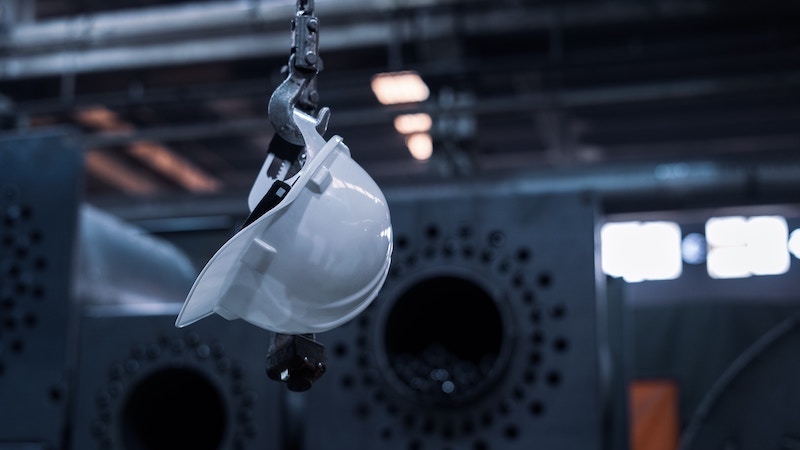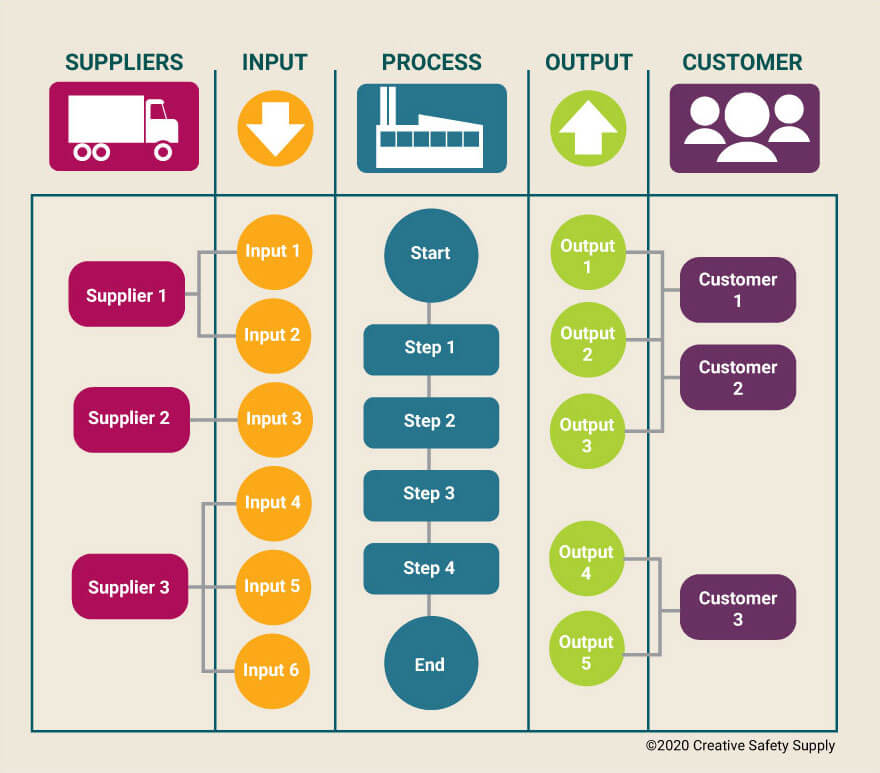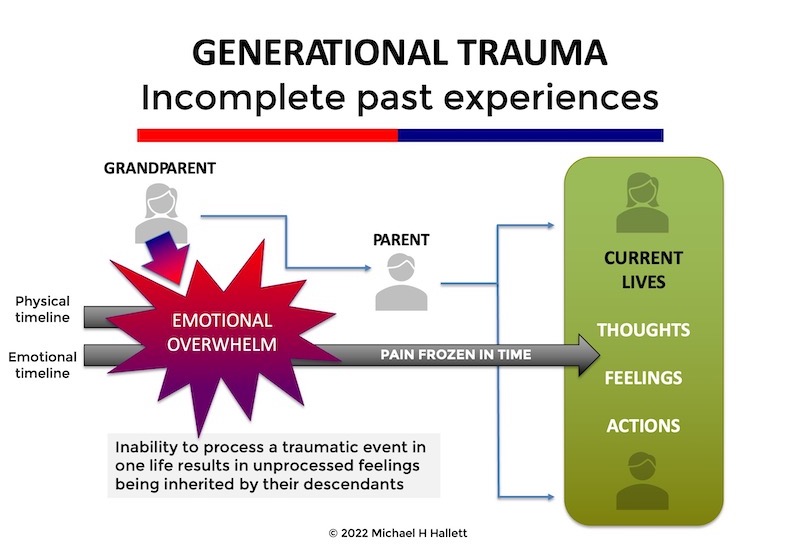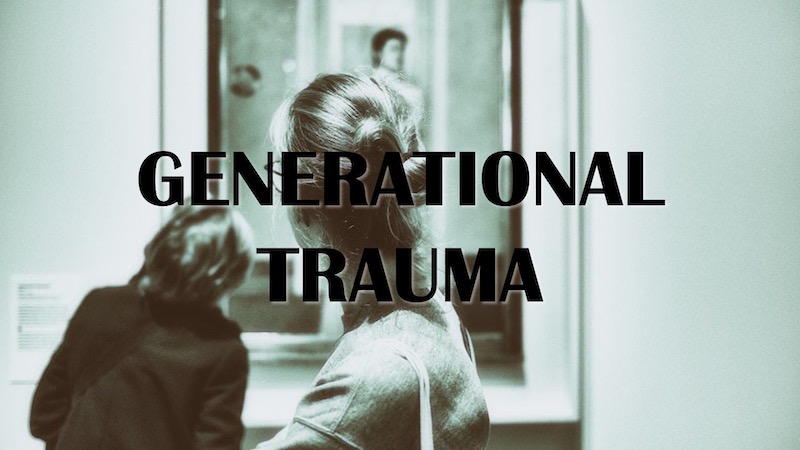Using a SIPOC diagram to attribute generational trauma
- 17 May 2023
- Posted by: Michael H Hallett
- Category: Generational trauma , How-to & step-by-step ,

I’m a former industrial process analyst who, by necessity, turned my attention to analysing hidden human emotional processes in general, and generational trauma in particular. I love it when I can take a tool from the process improvement world and apply it to the emerging discipline of generational trauma resolution. A case in point: the SIPOC diagram.
What’s a SIPOC diagram?
Yes, I know it sounds like a type of cough mixture.
According to Wikipedia, it’s actually “a tool that summarizes the inputs and outputs of one or more processes in table form. It is used to define a business process from beginning to end before work begins. The acronym SIPOC stands for suppliers, inputs, process, outputs, and customers which form the columns of the table.”

Image: Creative Safety Supply
In manufacturing, inputs are typically raw materials, ingredients, packaging, machinery, labour, electricity, and water. Everything you need to make whatever you’re making.
Outputs are everything that comes out of the manufacturing process. Finished products, intermediate products, by-products. Wastewater and other emissions.
Your understanding of a process isn’t complete until you account for 100% of inputs and outputs. This includes the suppliers and customers who bookend the process.
What can this possibly have to do with generational trauma?
The problem of attribution
I can answer that in a single word: attribution.
Generational trauma occurs when an unresolved traumatic event in one generation passes to subsequent generations. The trauma occurred at one level of the family tree, but the traumatised behaviour manifests at a lower level.
 At the 2021 Intergenerational Trauma Conference, Peter McBride noted that it’s “difficult to link current phenomena with past traumas.” McBride, Director of the Cohen Center for Holocaust and Genocide Studies, added that attribution becomes increasingly difficult “the further away we move from the direct experience.”
At the 2021 Intergenerational Trauma Conference, Peter McBride noted that it’s “difficult to link current phenomena with past traumas.” McBride, Director of the Cohen Center for Holocaust and Genocide Studies, added that attribution becomes increasingly difficult “the further away we move from the direct experience.”
Even if the person who experienced the trauma is still alive—and often they’re not—it’s difficult to have more than a vague, abstract sense of what happened.
Like the hardhat hanging on a hook in the photo above, it’s hard to attribute. Who’s hat is it?
A SIPOC diagram can help us solve that.
Using a SIPOC diagram to attribute trauma
First, let’s change the words behind the acronym: source lives, inputs, process, outputs, current lives.
In Emotional Reverse Engineering, I’ve already described how attribution can be improved by reverse-engineering trauma recognition based on current manifestations:
“Our inputs are our past experiences, our belief systems, our innate and our inherited DNA. Our outputs are our thoughts, feelings and behaviours. Universal human processes turn inputs into outputs.”
A SIPOC diagram extends this analysis to its limits by forcing us to think more clearly about who was involved in the original trauma, and who was traumatised downstream of it.
Simply create a table or spreadsheet with five columns. Then fill it in:
- Source lives—who was affected by the original traumatic event? (Think: directly or indirectly)
- Inputs—what physiological inputs were handed down as a result? (Think: guilt, shame, fear, abandonment, worthlessness)
- Process—what was the original traumatic event? (Think: scandals, affairs, sudden grief, major losses of social standing, anything shameful)
- Outputs—how does this trauma manifest in your family’s current lives? (Think: thoughts, feelings, behaviours)
- Current lives—who is currently affected by this trauma?
Like a process improvement SIPOC, we must account for 100% of inputs (and their source lives) and 100% of outputs (and their current life impacts).
Of course, no amount of analysis avoids the fact that traumas can only be resolved by feeling them. The intellect helps us to frame the problem. But it’s ultimately at best a bystander and at worst a hindrance as we develop the capacity to feel our family’s past.
That’s when the real process improvement begins.
Next steps
For further resources on generational trauma, both free and paid, please click on this image.
Photo by Ümit Yıldırım on Unsplash

